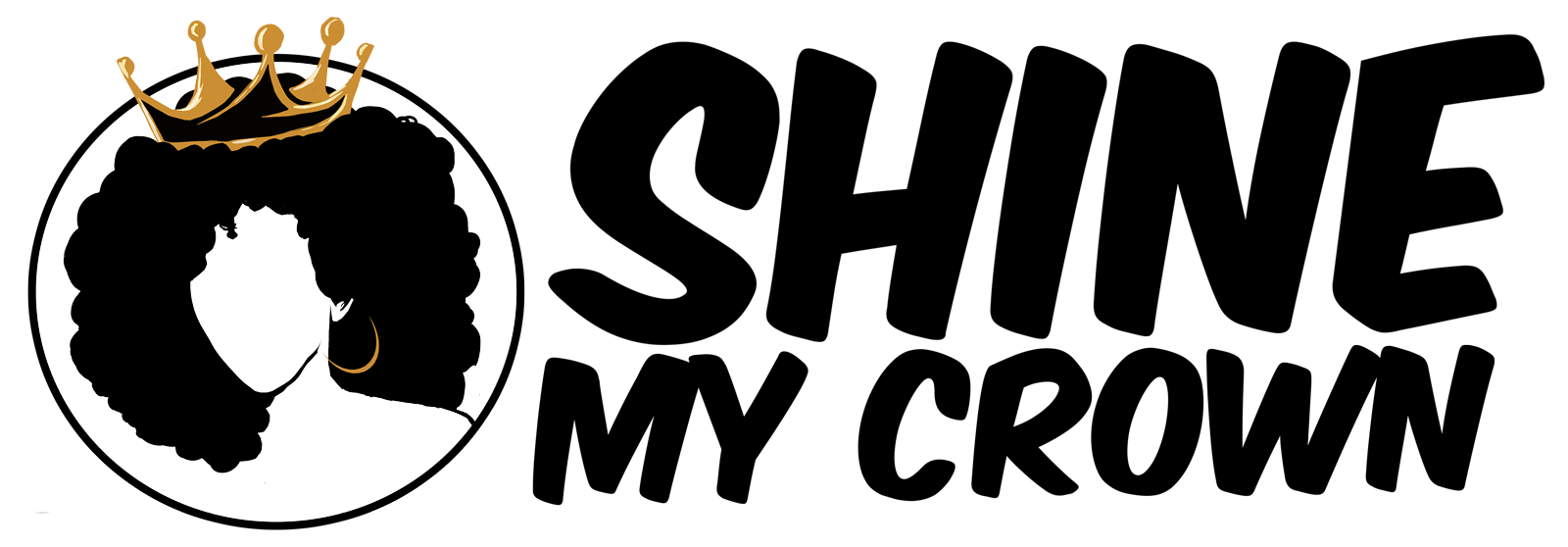The mother of a 3-year-old is facing backlash after posting a video of her toddler getting a perm at a beauty salon.
In the video, a hairstylist is seen applying a chemical straightener to the child’s hair. The video then shows the little girl getting the relaxer shampooed out of her hair before she returns back to the stylist’s chair to finish the styling process. The end result is the 3-year-old in a braided hairstyle, with extensions added.
At the end of the salon visit, the toddler waves to the camera with a big, bright smile.
Commenters quickly flooded the comments in the video which has since garnered over 700,000 views since it was posted last month.
“I won’t judge mom but feel that if you start relaxing and putting extension at such young age this lead to not feeling pretty unless she add something,” one commenter wrote.
“It’s not about the hair not being healthy but the studies that are all out of relaxers giving us cancer n stuff that worries me,” wrote another.
Some, however, supported the mother’s decision.
“lol i got my 1st perm at 3! My hair is still long & healthy permed hair,” a user typed.
“Awww baby’s happy and mama’s happy!! That’s all that matter,” another user expressed.
Adults and children who use chemically-based hair straightening products are at a higher risk of developing uterine cancer, a new study at the National Institutes of Health revealed. The study found that Black women are at an increased risk since they are more likely to use the products.
Of the 33,000 women who were studied, those who used chemical straighteners at least four times a year were twice as likely to develop uterine cancer. Researchers have long warned consumers that hair products containing parabens, phthalates and fragrances disrupt the endocrine system, which helps regulate hormones. These types of disruptions increase the chance of developing uterine cancer, a common cancer found in the female reproductive system.
“Sixty percent of the participants who reported using straighteners were Black women. The bottom line is that the exposure burden appears to be higher among Black women,” Chandra Jackson, a participant in the National Institute of Environmental Health Sciences Earl Stadtman Investigators program, told NBC News.
The study’s lead author, Alexandra White, the head of the agency’s Environment and Cancer Epidemiology group, said: “We see a doubling of risk for frequent users, and that’s a very alarming figure. For non-users, the absolute risk is about 1.64%, and then when you look at frequent users, the risk goes up to 4.05%. It’s a notable increase in risk.”
This year alone, there have been a reported 65,000 new cases of uterine cancer in the US – roughly three percent of all new cancer cases the study found.
Although Eurocentric standards of beauty have pressured some women to relax their natural hair, a new phenomenon, or the “natural hair movement,” has seen a large swath of women forgoing hair straightening products and embracing their coils.
Before the natural hair era arose during the beginning of social media days, the movement gained traction in the 1960s and 1970s after leading women in Hollywood began wearing their hair in Afros on movie sets and red carpets. Famed actresses like Pam Grier were one of the first women to embrace the natural style and helped to cement an iconic look that would be remembered for decades to come.
“In the 1970s, natural hair was essentially like a resistance to Eurocentric standards of beauty, kind of in line with the social and racial justice movements that were happening at that time,” said Quani Burnett, an inclusion strategist and creator of beauty4brownskin.
There are parallels between then and now. With the rise of the Black Lives Matter movement, more women have begun to embrace their natural hair as a symbol to represent Blackness and Black identity.
But there was resistance for some, including Ware, who admitted that the natural hair movement came at an impressionable time in her life. She was in college and wasn’t sure if she was ready to make the transition at the tim, she recalled.
“I think once the natural hair movement started, I was in college and I kind of felt a little pressure to go natural,” said Ware. “I was at an HBCU, you know? I would get to see a lot of women who wore their natural curls and all the things and I wanted to, but I was like, ‘college doesn’t feel like a good time to transition.’” When she graduated, she says, “I was like, ‘You know what? I’m gonna go natural.’”
Of course, there are some women who have decided to continue relaxing their hair. The reasons vary, including the time and upkeep that comes with managing natural hair. For others, they simply prefer how looser curl patterns and straight hair frame their faces.
“The past year, I was just like, I do not like being natural. I work out every day. I also have work events every day where I have to have my hair done and all the things, and it just stopped making sense for me,” said Ware, who went back and forth between natural and relaxed throughout her hair journey.
